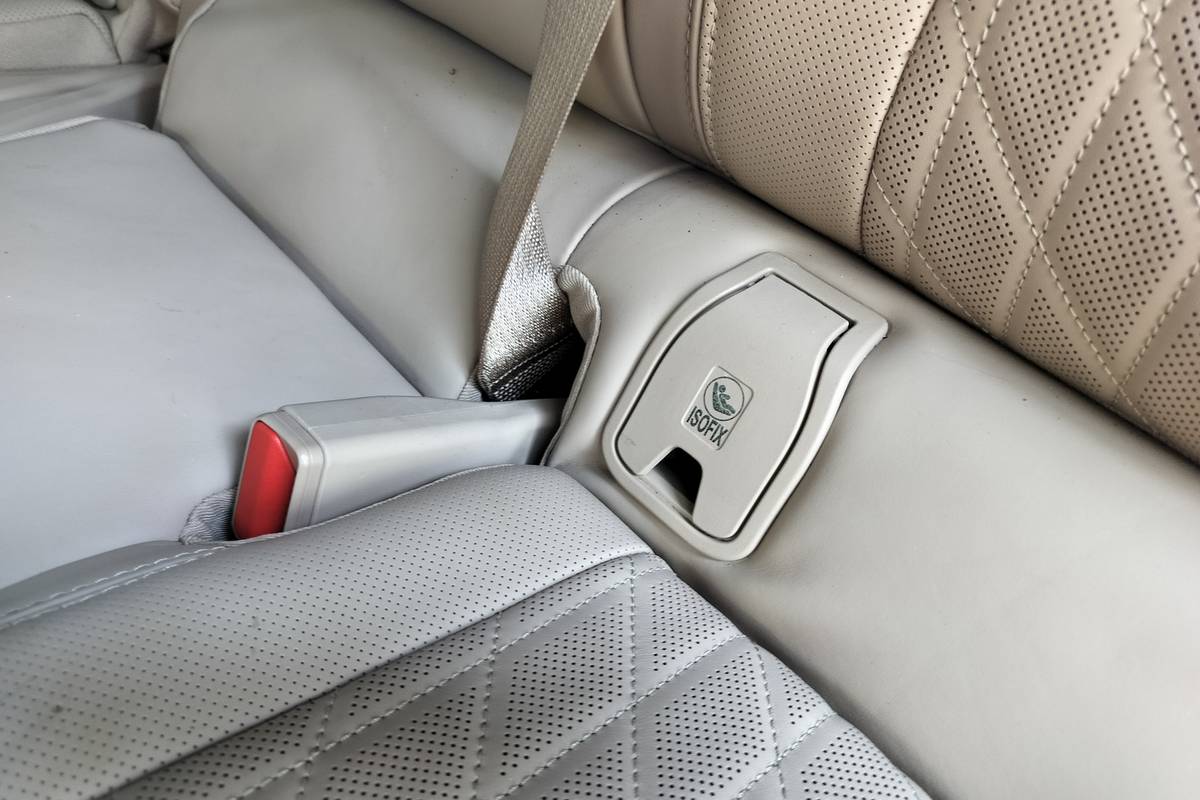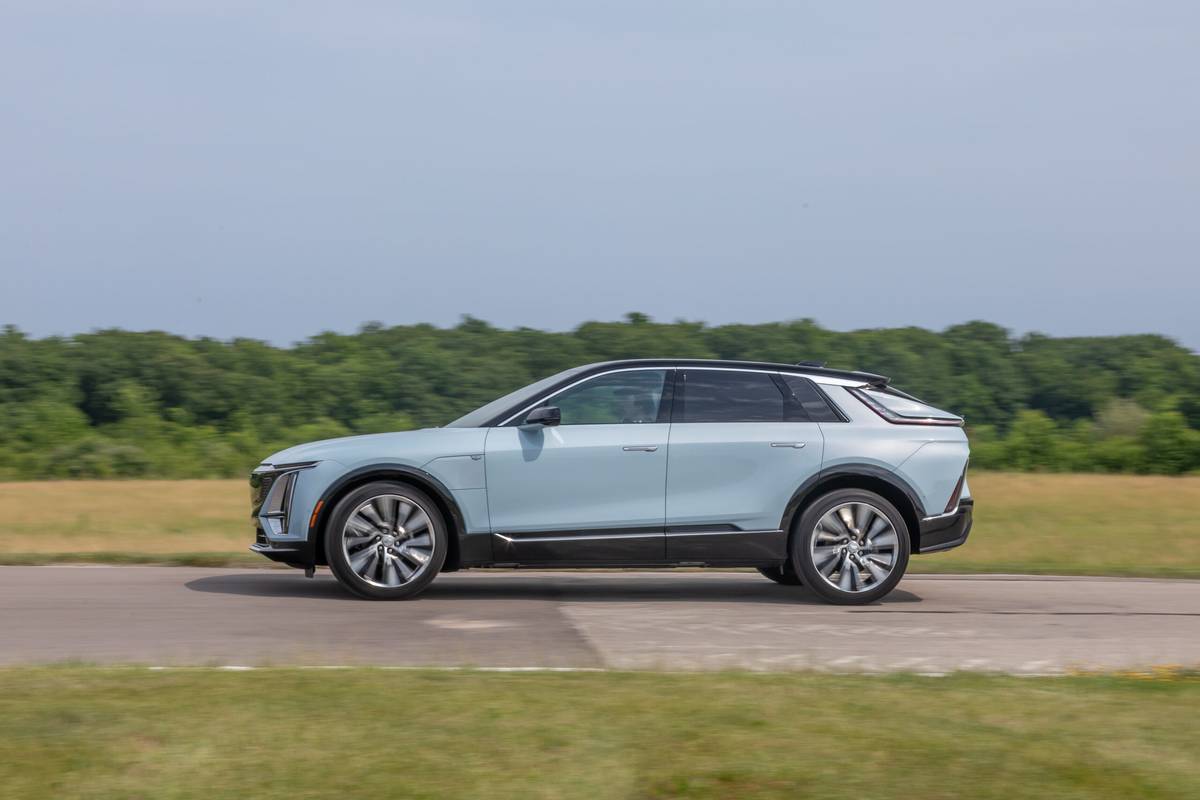AZCentral.com's view
Four doors, no waiting. That’s the new slogan in the minivan world, where buyers have rebelled against the right-side-only, sliding-rear-door setup. Now, it’s rear doors on both sides or else.
Nissan Quest (also known as Mercury Villager) is coming into the four-door realm a bit late in the game, more or less the last major minivan to jump on the wagon.
Because, let’s face it, all of these minivans have pretty much settled into the Chrysler model of front-drive, V-6, seven-or-eight-passenger, cupholder-enhanced vehicles that drive like cars. Even Honda and Toyota, which attempted their own takes on the minivan, have come around.
The Quest/Villager has been one of my favorite minivans for years, mainly for its driveability, especially the carlike handling. Although in the past it hasn’t compared in interior space with the long-wheelbase Chryslers or Fords, it has provided seven-passenger seating and a flexible interior that takes advantage of the space it has.
For ’99, the Quest has been restyled and updated, with more interior space, a more-powerful engine, freshened styling and, of course, a second sliding door.
Despite the Japanese surname, the Quest is largely a U.S. product, with redesign work performed at Nissan’s design studio in La Jolla, Calif., engineering in Farmington Hills, Mich., and assembly along with Villagers at a Ford plant in Ohio.
Though just 4.6 inches longer and 1.2 inches wider, the new Quest feels more commodious, with improved stowage behind the third seat. I’m told the interior has been revised, but the test minivan was a prototype model, and the inside was a mishmash.
As it was, the Quest felt accommodating, with easy-to-read gauges and easy-to-use switches and controls, lots of stowage, including a handy cargo net strung between the front seats, and, of course, plenty of cupholders strewn about.
A removable shelf, the better to load grocery bags and provide two-shelf efficiency, has been added behind the rear seat.
My favorite feature of this van, and its predecessor, is the way the rear seat slides forward on rails. With four people aboard, we stopped off at a furniture store and bought one of those Laz-Z-Boy reclining chairs. When it came time to load, I was able to fold the rear seat and slide it forward, providing space for the chair without disturbing the passengers in the middle row.
The two captain’s chairs in the middle row can be removed and the third seat can slide up to substitute as a three-across middle seat, providing a large cargo area in the rear. Or one can fold the middle seat and slide it all the way up to the front seats for the maximum amount of cargo space.
Still, the Quest has the same fault of all minivans in providing inadequate stowage when all seats are occupied. A trip with seven people onboard requires other accommodations for luggage. Maybe a roof rack.
The engine has been upgraded for ’99, growing to 3.3 liters and providing noticeably more power. The Quest is still not a powerhouse among minivans, with the Ford Windstar, Chevy Venture and some Chrysler models offering more pull. But the Quest will accelerate, climb hills and cruise at highway speeds without apology.
The ride is quiet and refined, with scant wind or road noise, even in this prototype. Like the former model, the Quest will corner and handle better than most.
Although the new Quest rests on the same platform as the old Quest (the extra length is behind the rear wheels), the suspension has been revised for a smoother ride. The tester was a performance-tuned SE version with a rear anti-roll bar and bigger wheels and tires.
Though pricing wasn’t firmed up at press time, base Quests are expected to start at about $23,000.
The new styling is more of a makeover than a face lift, with a new face up front and the extra length nicely added to the original design. I found the styling of the original to be a little more edgy, the new one bla nder and more generic.
Because Honda just unveiled its new Odyssey minivan, and Toyota’s Sienna is new for ’99, the new Quest has serious competition from the East as well as the West.
But the whole run of today’s minivans shares the same big-guppy stying, wedgy in the front and rounded in the rear. They’re all variations on a theme, and choosing one over the other depends mostly on personal preference or brand loyalty.
1999 Nissan Quest
Vehicle type: Seven-passenger, four-door minivan, front-wheel drive. Base price: $23,000 (est). Price as tested: $26,000 (est). Engine: 3.3-liter V-6, 170 horsepower at 4,800 rpm, 200 pounds-feet of torque at 2,800 rpm. Transmission: Four-speed automatic. Curb weight: 3,986 pounds. Length: 194.8 inches. Wheelbase: 112.2 inches. EPA fuel economy: 17 city, 24 highway. Highs: Flexible interior. Driveability. Refined ride. Lows: Luggage space. Generic styling.
Latest news



